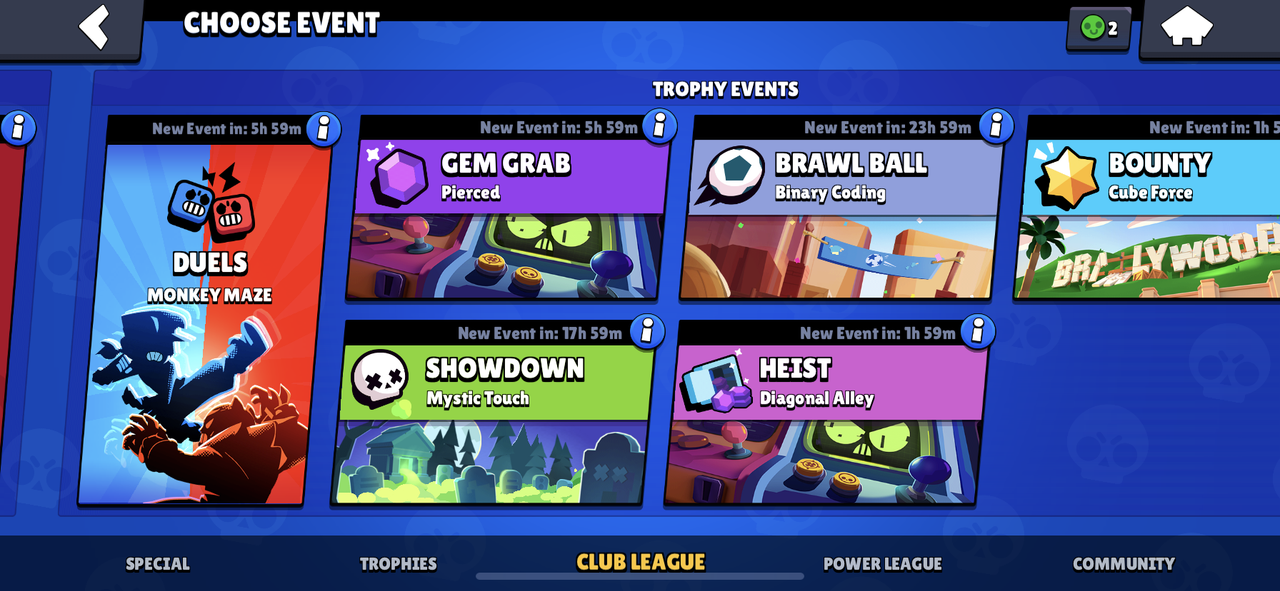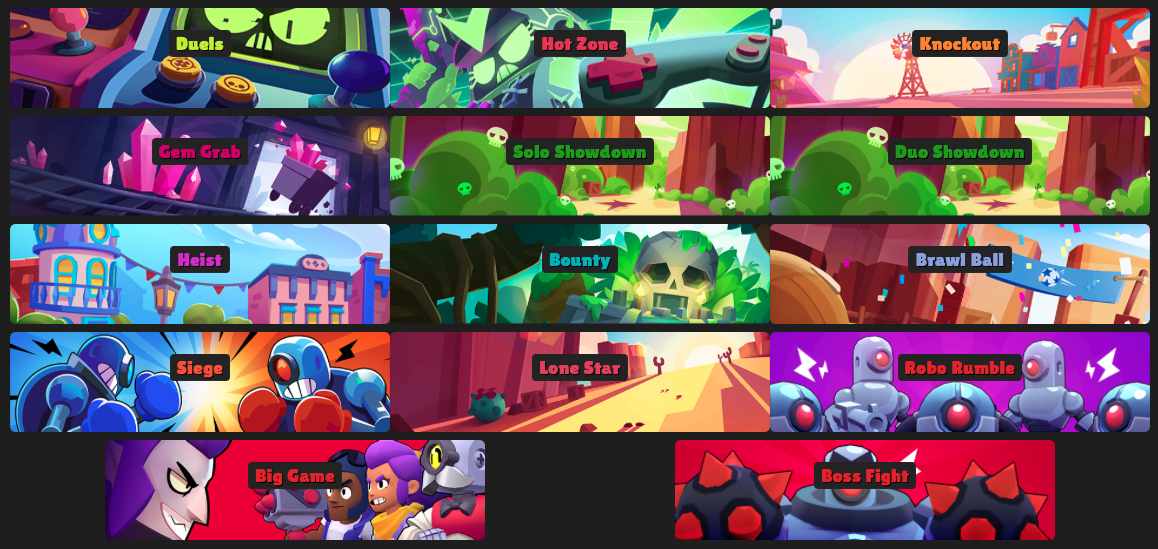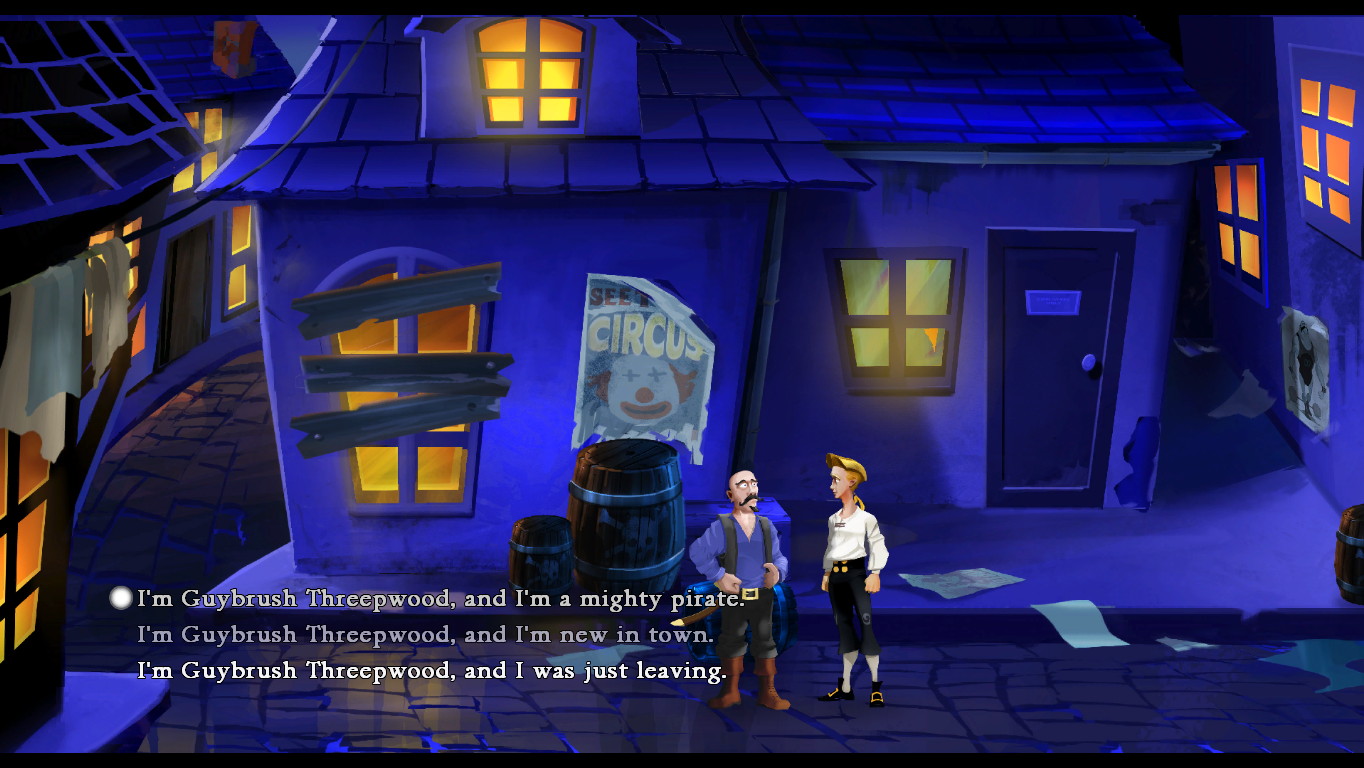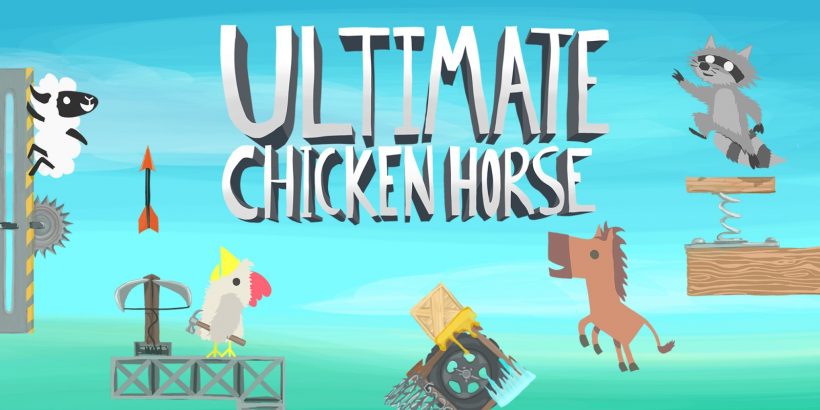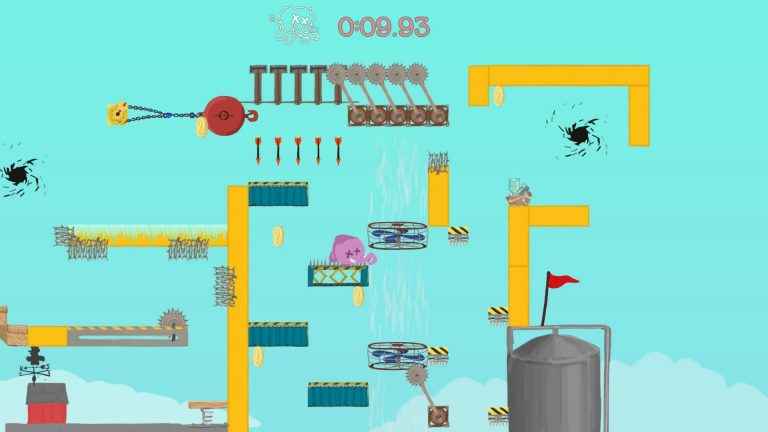CHUCHEL is a comedy adventure game from the creators of Machinarium, Botanicula and Samorost. As the recipient of Excellence in Visual Art Award in IGF2018 and many other rewards, CHUCHEL stands out by having its unique, cheerful and glamorous game designs, graphics, story lines, sounds and music that always crack players up throughout the game. In this blog post, I will analyse this game using 6 lens as well as its limitations.
Lens 1: Essential Experience
As an adventure game, CHUCHEL has a strong story line that is easy to understand and it makes the entire game more integrated so that players never feel lost. Each game level is part of this story and just like those popular movies, there are many twists in the plot and players never know what will happen next, which is essential for an adventure game to be successful and popular.
In the game play, players fully immerse themselves as the hairy hero Chuchel in solving numerous puzzles, conquering different challenges to retrieve the precious cherry that Chuchel lost while sleeping. In this process, players get to experience the amazing graphics, funny characters and lots of humours while they interact with the game objects. And probably the most outstanding element of the game is its expression of the emotions via presentations and music, and players could strongly experience them while playing, which makes the entire game more alive.
Lens 2, 3 & 4: Surprise, Fun & Curiosity
There are many game levels in CHUCHEL with no repetition with each other. The entire game is full of surprise which brings out players’ curiosity to further explore and experience the fun of it! For example, players might think they have gotten back the cherry, but there are always unexpected changes that surprise them, like being knocked down by the tree or stolen by the mouse.
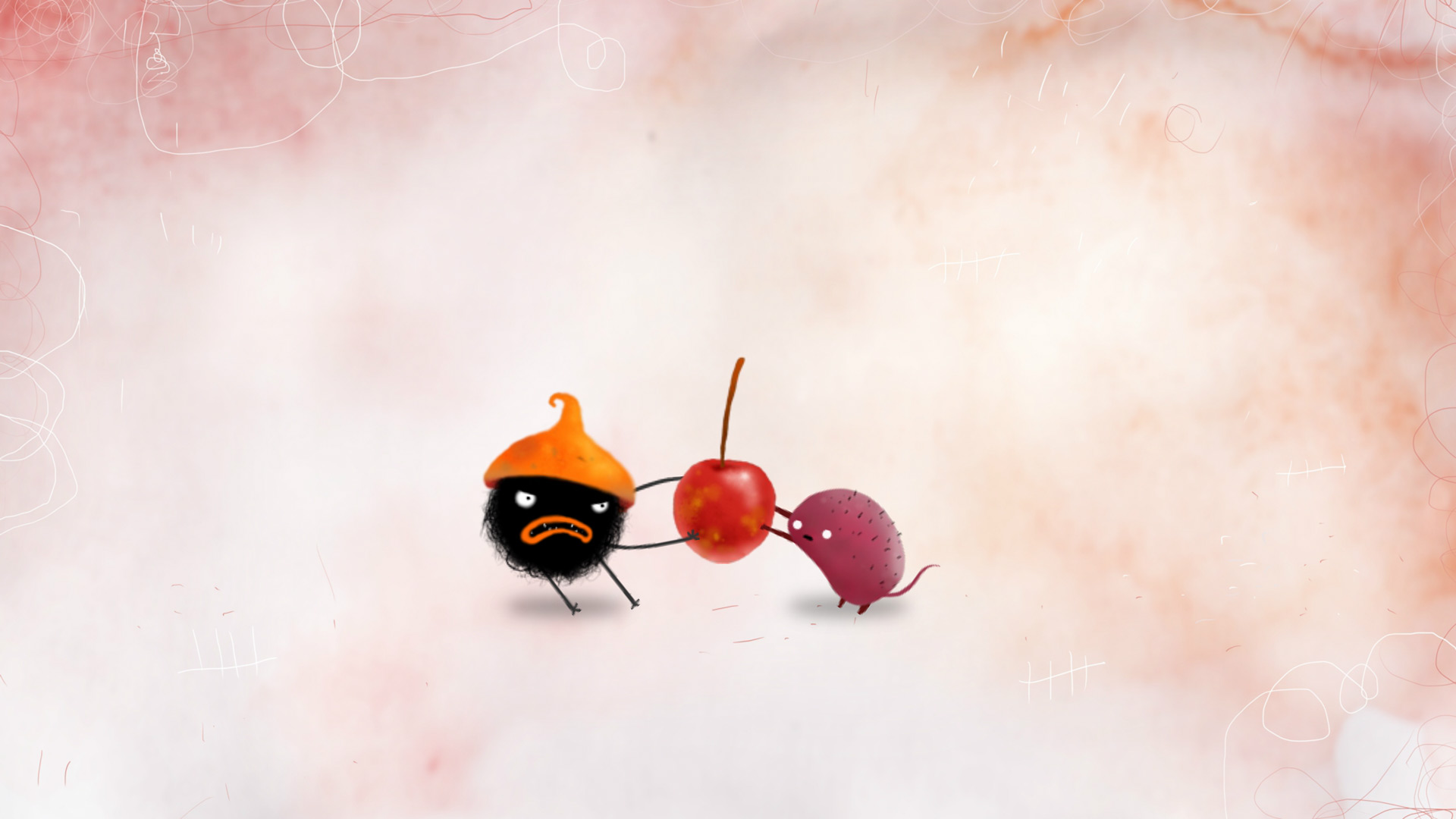
In each game level, players have to be curious and interact with different game objects to understand the mechanics behind in order to solve the game puzzle and advance to the next level. The puzzles require open minds using untraditional thinking, which in personal opinion is the most fun part of it! At the same time, the puzzles are not too difficult to frustrate players and there are help along the way to facilitate players understanding the mechanics. Once figured it out, players could feel the level of achievement and satisfaction in solving the puzzle. The game also has different pacing at each level so that it does not make user feel monotonous and bored.
Unlike the normal adventure game, CHUCHEL is a comedy adventure game and the emphasis is to let players feel relaxed and experience humours and fun while solving puzzles, rather than tightening their nerves and surviving from the dangerous world. This makes CHUCHEL special with its own personalities.
Lens 5: Endogenous Value
Rather than monetary rewards, there are seven game achievements for users to unlock (Gooding Morning, Blabber, Blue Bean, Three Caps, Cloudbuster, Creature maker and Snail racing competition). All of the achievements is embedded inside the game levels and are secrets that players may not find out even though they pass the level. The seven rewards serve as an extra bonus for players to be more interactive with the scenes and re-explore the game.
And of course! CHUCHEL brings players cheerful situational humor, wild music and sounds by the band DVA and dozens of hilarious gags that warm up even the coldest of souls. Plus a huge pile of cherries that Chuchel receives at the end!
Lens 6: Problem Solving
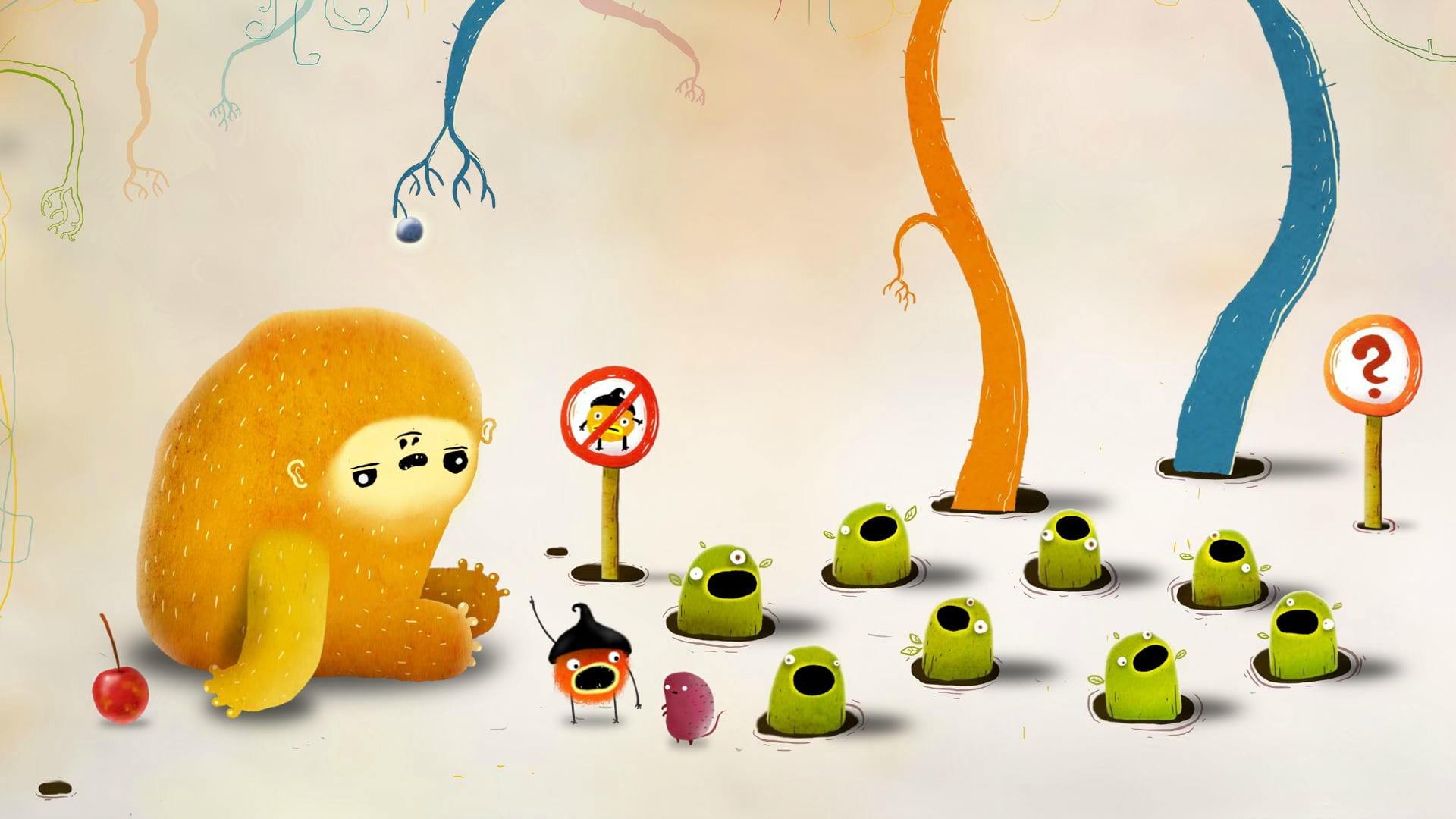
As mentioned previously, CHUCHEL is a puzzle solving game that requires untraditional thinking. Players are the problem solvers that makes themselves advance to the next game level. And players have to observe the scene to spot the possible exit. Solving the puzzle normally requires multiple steps and a bit of extra thinking to alter the scene before finding the solution. But fortunately, the game has an excellent graphics design with simple and clean game scenes that makes problem solving easier.
Limitation
CHUCHEL adopts the cartoonish style of design which might not appeal to everyone and some might view it as being childish and hence not able to sense the humour of it. Also as a common limitation for all adventure games, the entire game span is only around two hours and some people may prefer the longer games with more levels inside.
Conclusion
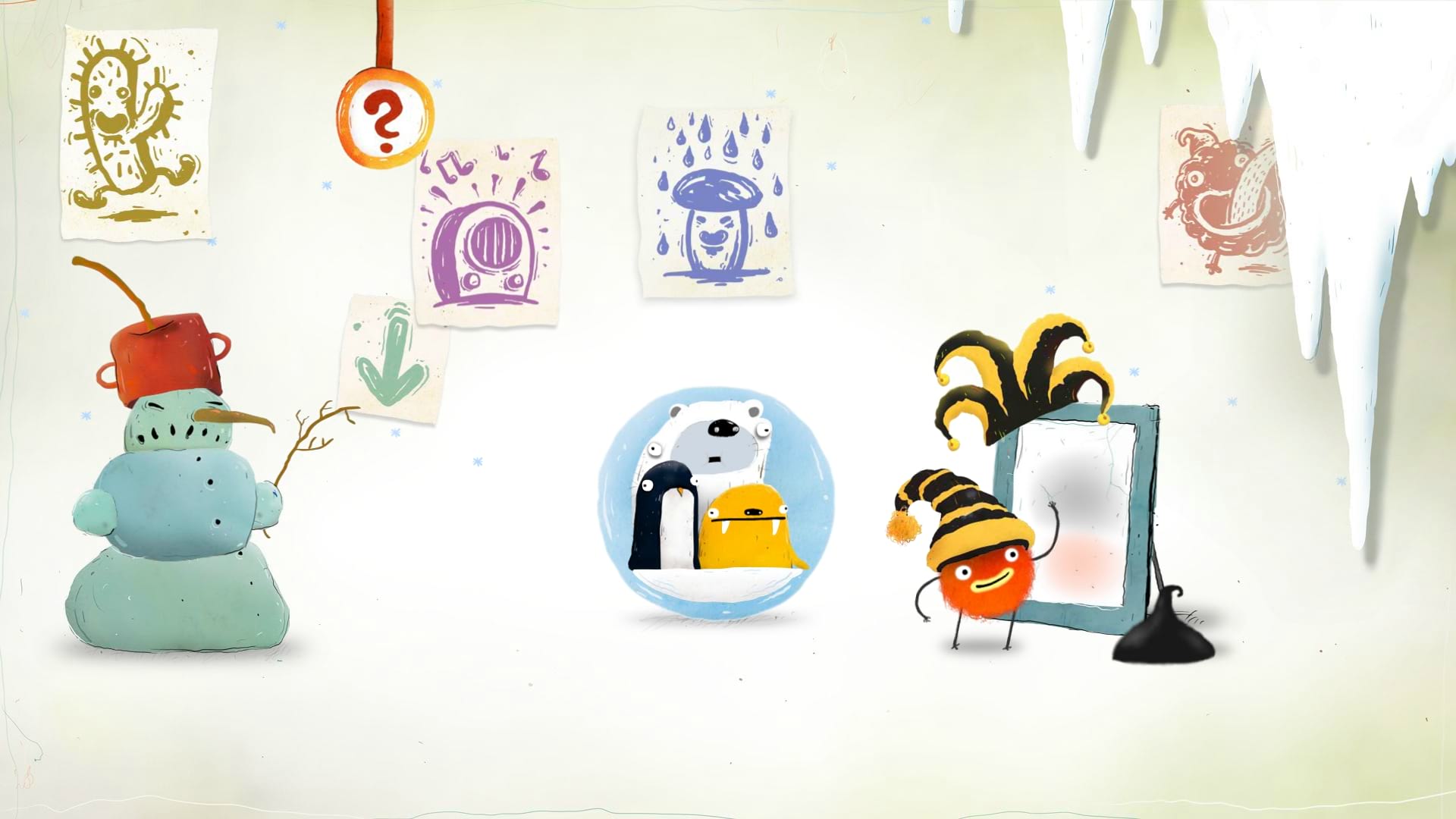
Despite its limitations, CHUCHEL is an excellent game that paves its own path of comedy adventure. For people who loves the cheerful theme and designs, this game is definitely a recommendation. Simply seat down and empty the mind, enjoy the simplicity and the humours, and release the stress from a day of busy and mind tiring work.

